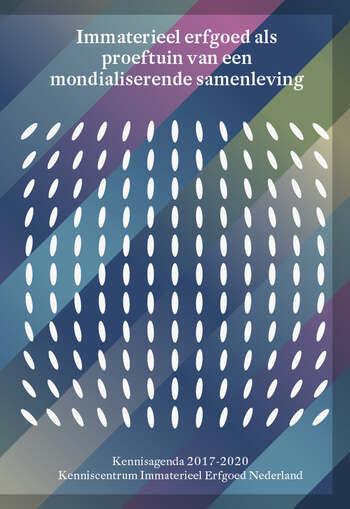December is a month in which many forms of intangible cultural heritage come to life. Yet you will only find a limited number in the media. But they also receive plenty of attention. Not always positive. They are strongly under the magnifying glass: the Sinterklaas celebration, the bonfires in Scheveningen, the consumer fireworks, to name just three. There is social pressure on it (for adaptation and sometimes even termination) and, conversely, this is translated into the threat of 'our traditions'. In the opinion of the Dutch Centre for ICH , the apparently irreconcilable contradiction between the pros and cons can never be the end point for the heritage communities. After all, they want to continue with their intangible cultural heritage. But, like everyone else, they do have to take into account the social issue of intangible cultural heritage. Question and debate on safety and the environment, but also on diversity and inclusiveness. How can you keep your form of intangible cultural heritage relevant and viable for the future? That is the challenge that we face in the coming years
Aalst Carnaval (Belgium) was also under the magnifying glass in recent months. In 2010, on the recommendation of Belgium, this carnival was included in the (international) Representative List of Intangible Cultural Heritage of Humanity. Since then it has clashed with UNESCO several times. The fuss about a float in the 2019 procession, with caricatural representations of Jews, led to a unique situation. UNESCO called the float "racist and anti-Semitic and incompatible with the fundamental principles of the 2003 Treaty" and wanted to remove Aalst Carnival from the Representative List (for which there was no procedure yet). The decision was already coming in Aalst and they withdrew from the list a week before the UNESCO meeting in Bogota. People don't want censorship at the Carnival in Aalst.
Heritage communities have the right to the free exercise of their heritage within the Convention of the Safeguarding of Intangible Cultural Heritage. On the other hand, dignity, equality and mutual respect between peoples are fundamental principles of UNESCO for this Convention and all forms of discrimination, including racism, anti-Semitism, Islamophobia and xenophobia, are condemned. And although the relevant carnival group from Aalst undoubtedly had no racist or anti-Semitic intentions and the making of ridicule is a natural part of carnival culture, these principles belong to contemporary intangible cultural heritage.
In the coming year, when the Knowledge Agenda 2017-2020 is delivered, the Dutch Centre for Intangible Cultural Heritage will pay particular attention to the moments when intangible cultural heritage will be placed under the magnifying glass due to social questions and debate on issues such as inclusiveness, environment, safety, health, gender and animal rights. We develop a working method that can contribute to a reflection on one's own core values in relation to the big questions and challenges everyone faces; also the heritage communities. We give this guarantee methodology as a working title: 'Heritage in motion'. Intangible cultural heritage has always been dynamic and evolving. That is not new. But we must be aware that it will (must) change now and keep up with the times. Our policy plan for the years 2021-2024 is therefore called: 'Safeguarding 2.0'.

